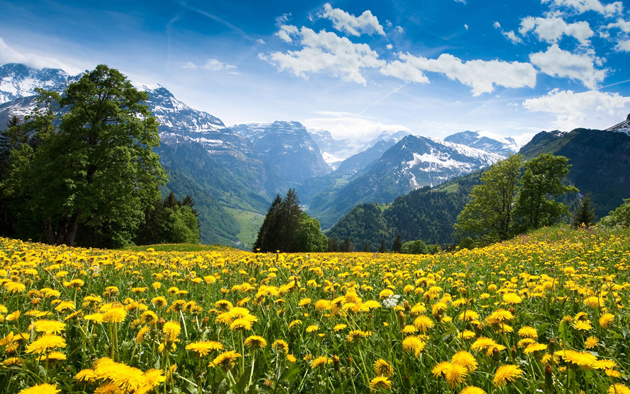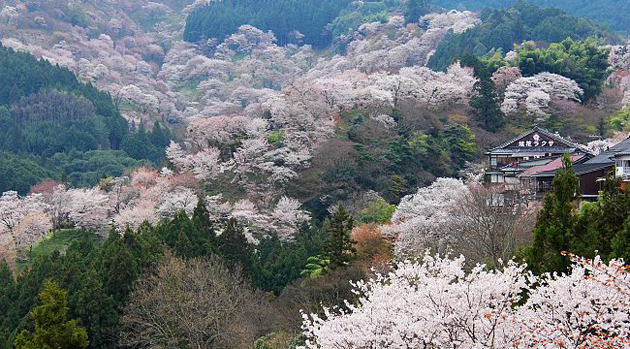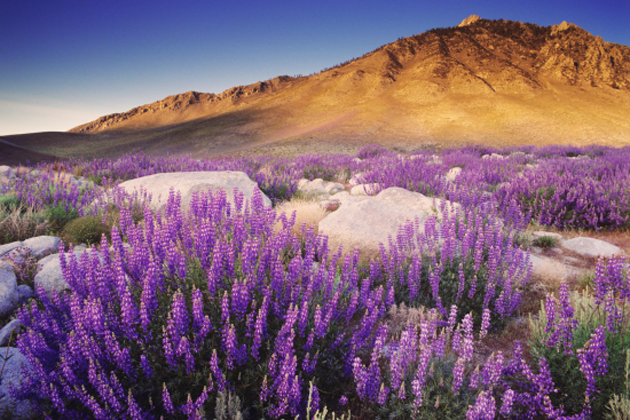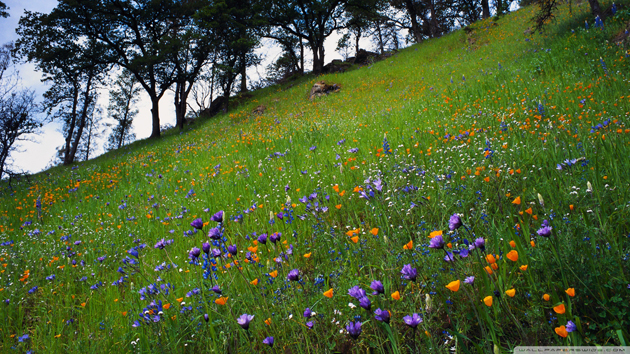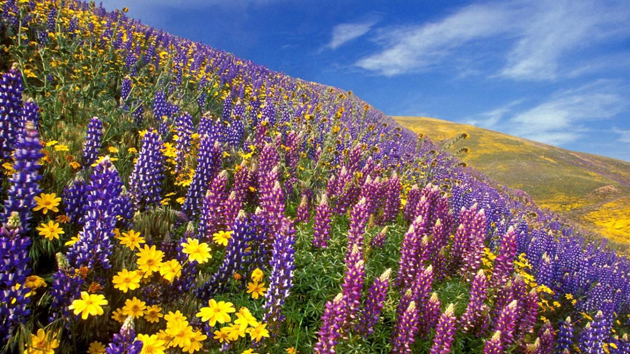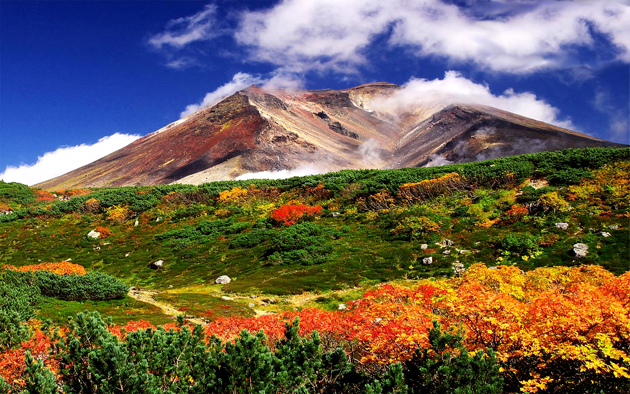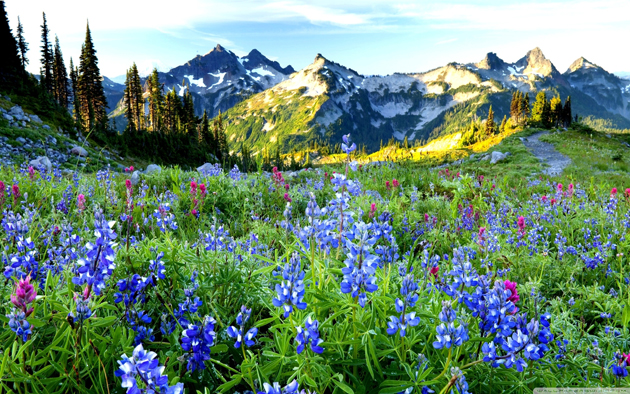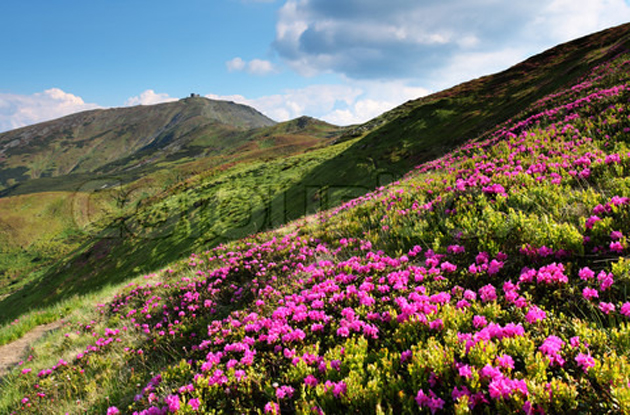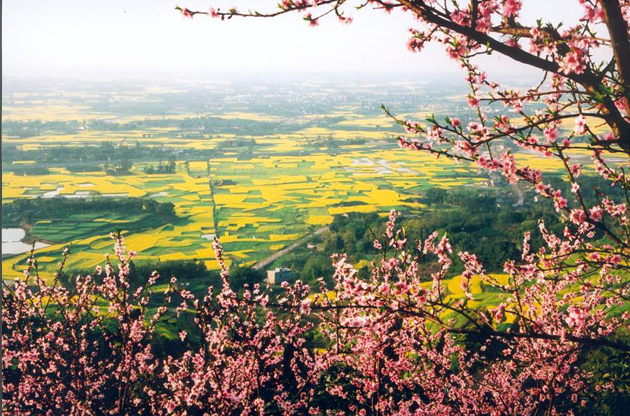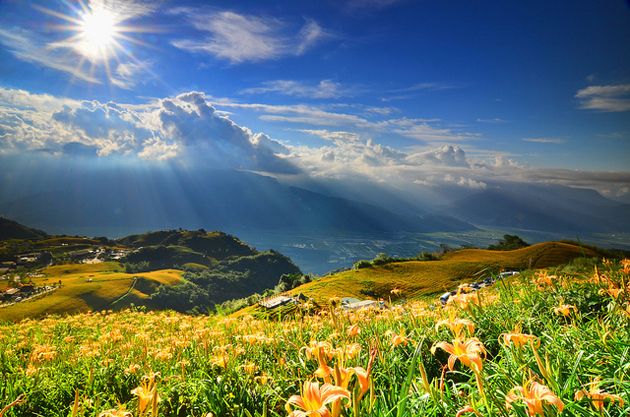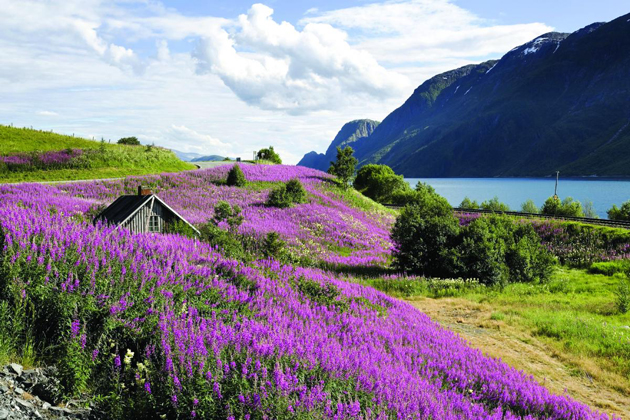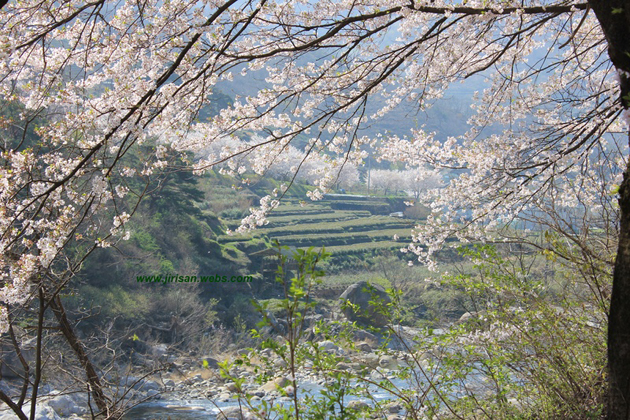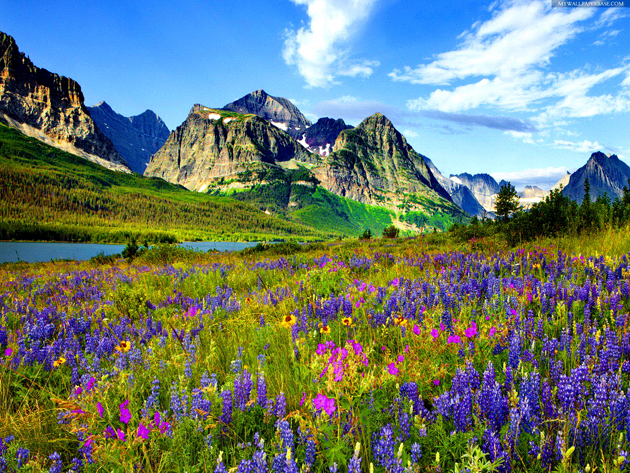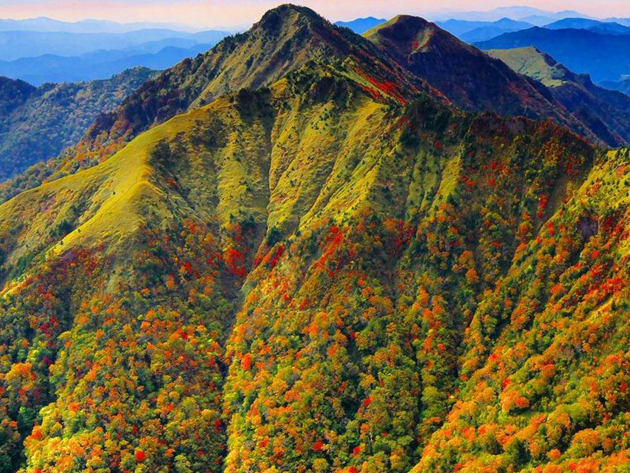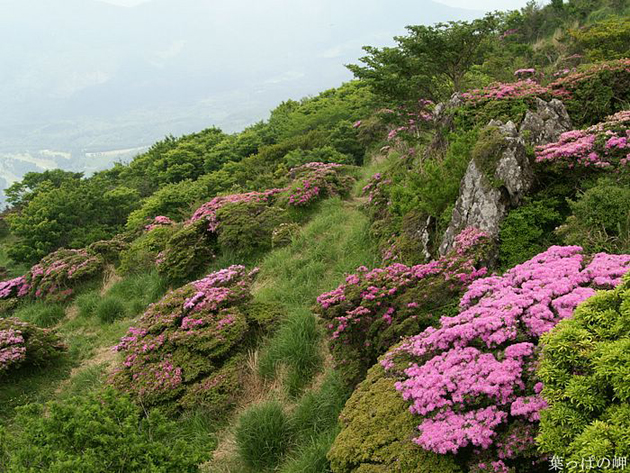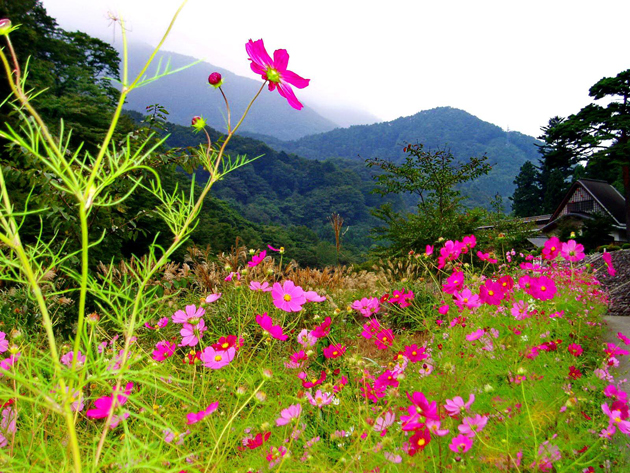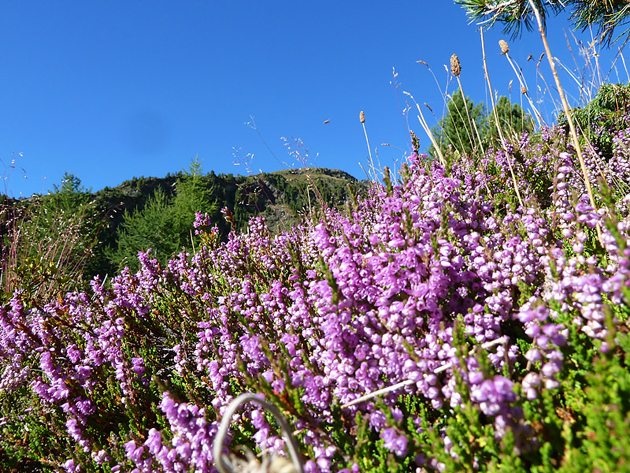When rains fall, the barest desert may blossom overnight as plants race to sow the seeds before the drought returns a condition that may last for years. In the worlds deserts both cold and hot plants are dependent on erratic rainfall levels, and must hurry through their life cycles when they have the chance. in high mountain regions snow loving plants have lifestyles adapted to terrain that is permanently cloaked in snow. Unlike varieties from lower altitudes whose life cycle is dictated by the onset of the thaw,chionophile plants develop in the dark, snug beneath the blankets of snow. In the Alps, one example is the glacier crow foot,Even at heights of over 3000 m above the sea is rarely frozen beneath 1 to 2 m of snow. Lightly compacted snow also leaves air pockets that function like small gloss. Here the Rnanculus is isolated from the worst of the cold,and is ready to flower as the upper layers of snow begin to melt and let through sunlight. At such high altitudes, the sunlight is particularly rich in ultraviolet radiation and flowering can start while the outside temperature is still freezing. The glacier crowfoot has been found in Switzerland at heights of 14000 feet a record for flowering plants in Europe. another similar chionophile plant is the Alpine snowbell, Soldanella alpina. To speed up the production the mauve or white flowers often appear before the leaves as the snow is thawing. roots play a key role in providing plants with water, and tend to be more developed where the supply is scarce. Plants that live in deserts where rain is very rare and underground water hard to reach or non existent. They are equipped with far reaching but shallow root systems that enable them to collect moisture from as large an area as possible.
16

